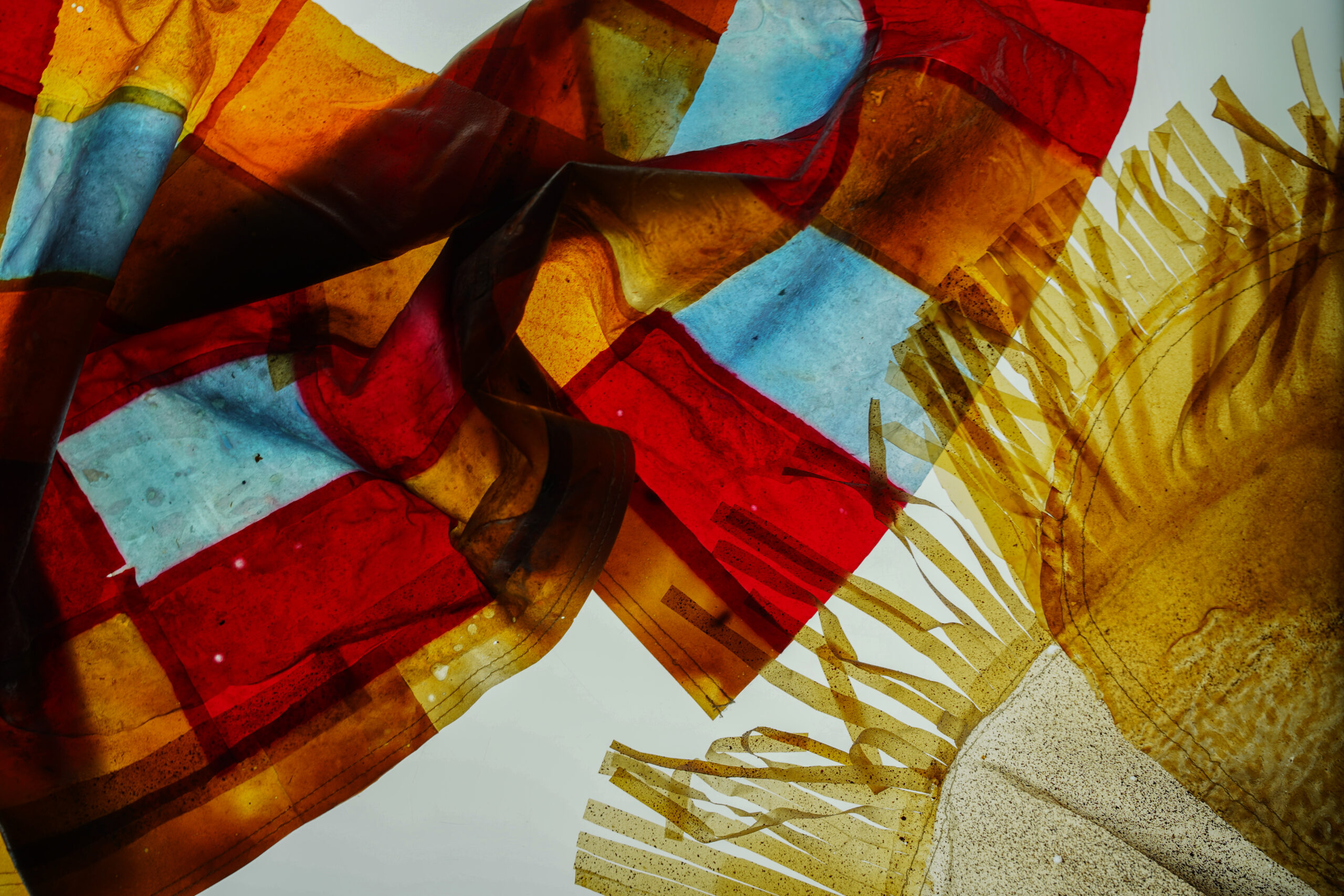THE NEPONSET ESTUARY SANCTUARY
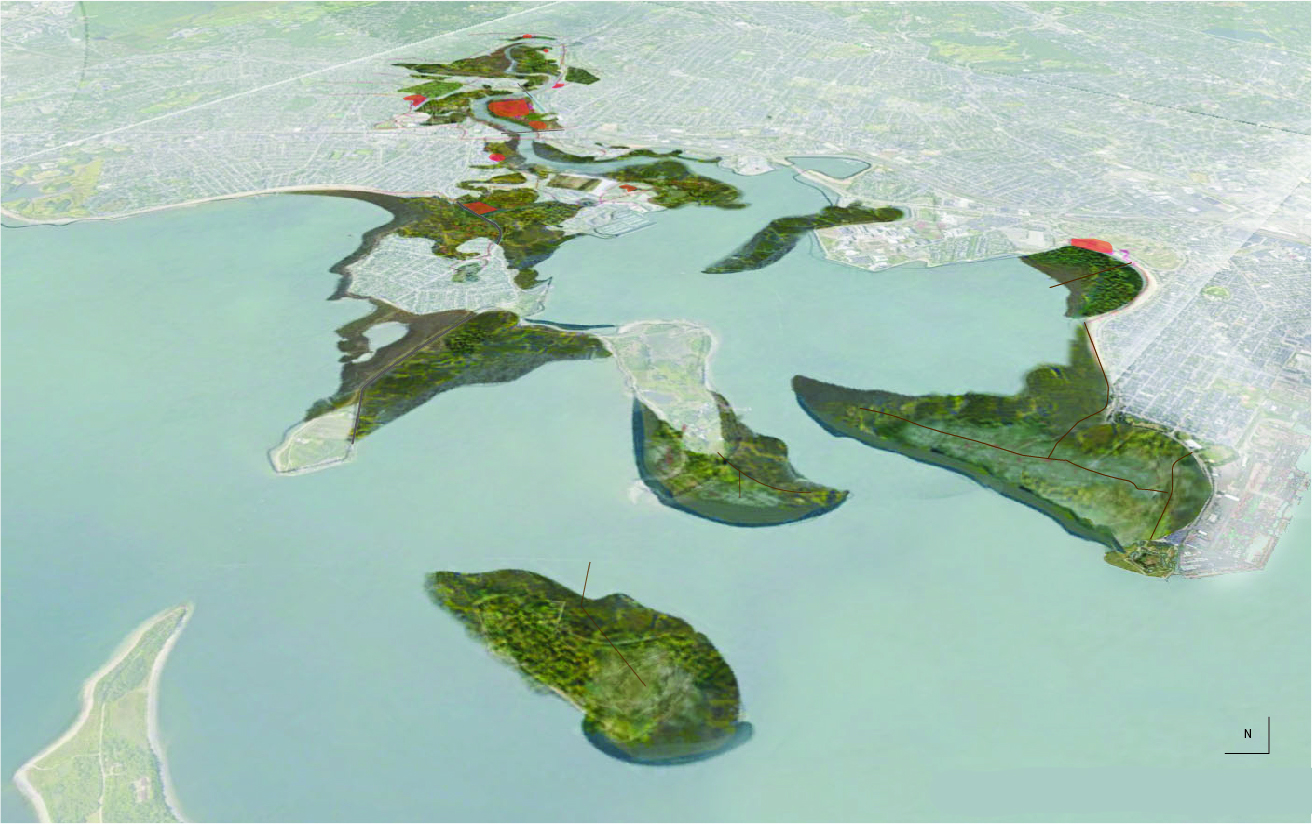
My first Landscape Studio final was no small feat. Having spent the semester working on smaller projects based in the Neponset Estuary to the south of Boston, our final aimed to find adaptive solutions to sea level rise (SLR) that pertained to both the surrounding neighborhoods, and the ecology of the estuary. In this assignment, we had to figure out plausible ways to transform the estuary so that it is more ecologically productive "post" SLR in 2080, to equitably protect communities that will be inundated, and to create an entire park system to integrate both solutions.
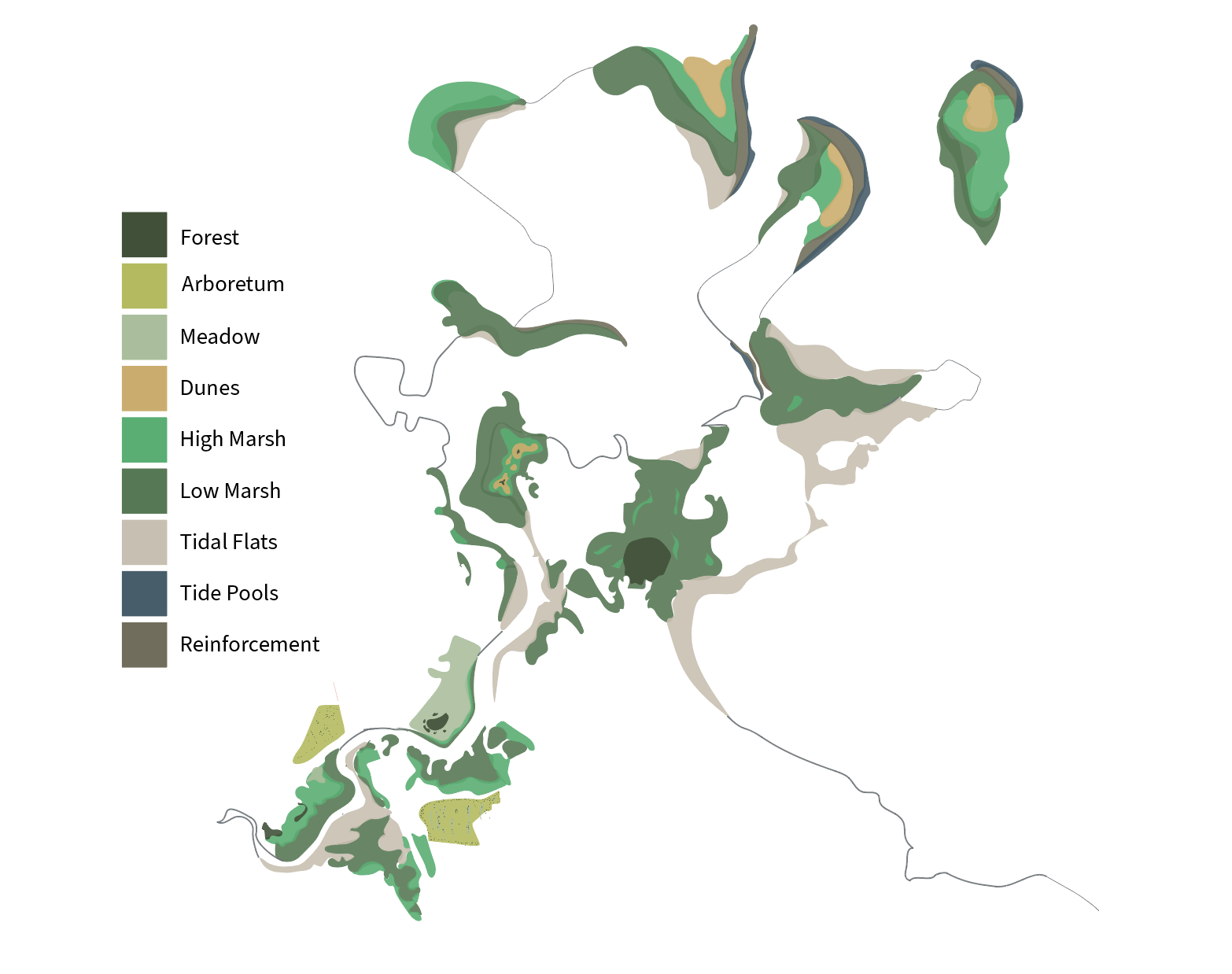
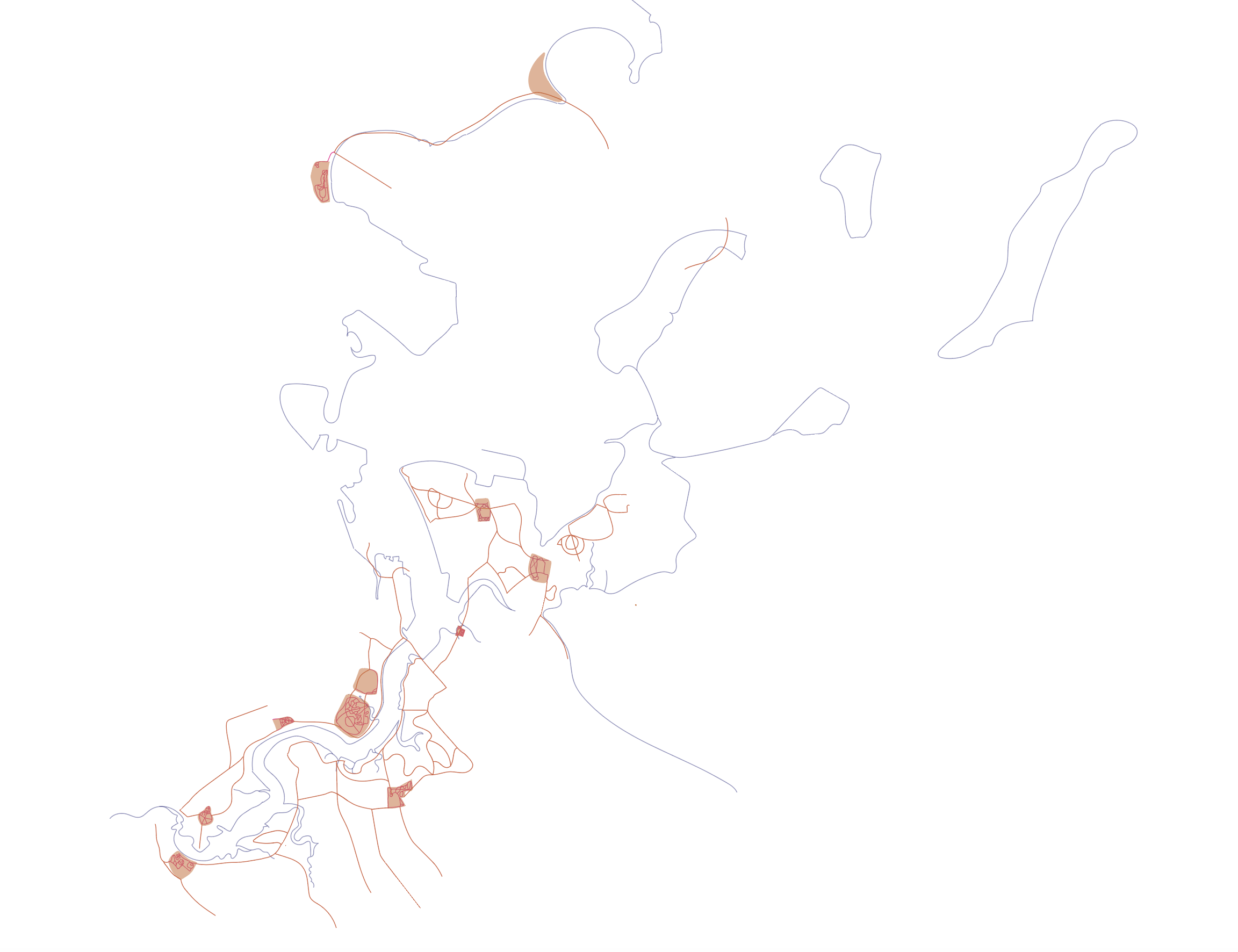
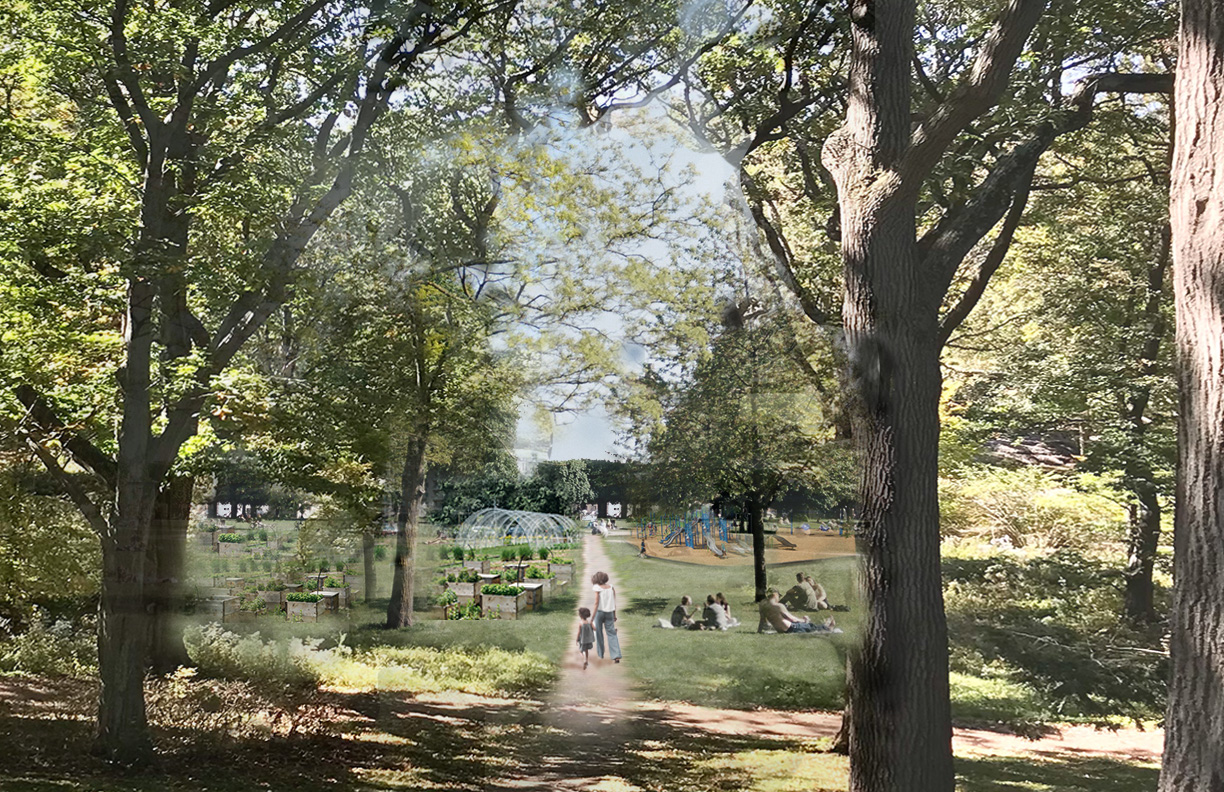
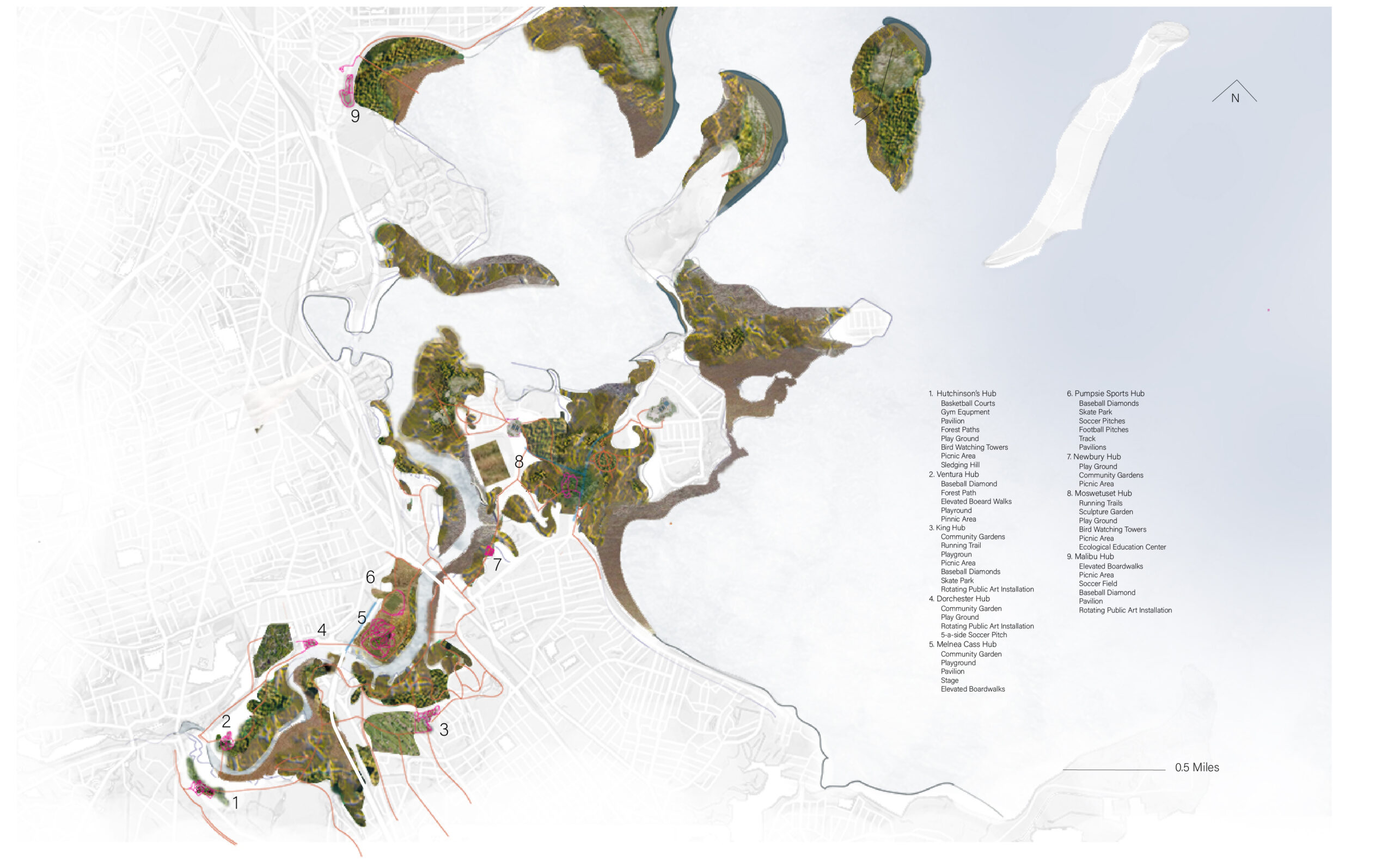
MANIFESTO
At the intersection of ecology and community lie resilient solutions to the unavoidable challenges that climate change is bringing. In the case of the Neponset Estuary, both realms are at risk of destruction from sea level rise and increased frequency and intensity of weather events that will result in devastating storm surges. We cannot stop either of these factors, but we can respond.
Through the creation of “sanctuaries”, we can protect the community and ecology from storm surge and help to mitigate the effects of intense weather events, allowing us to displace fewer people when accounting for sea level rise, and create a community that is more in harmony with their local ecology.
The concept of Sanctuary is achieved through a critical re-think of Boston’s land-use history and the Massachusett Peoples employment of hummocks to create hubs of ecology and community that gracefully intertwine. Taking inspiration from Boston’s prior use of destructive cut-and-fill methods, we can now sustainably reuse land currently being dredged from the harbor to create “protecting arms”. These will insulate Neponset from storm surge, all while creating vast areas for ecology and human access to “nature”. Similarly, we can remember the tradition of the Massachusett People who used the Moswetuset Hummock on the Southeast side of Squantum as a meeting place and the seat of the Sachem, or chief. The hummock was a hub of culture. As such, in this resilient restoration of the Neponset Estuary, hummocks will be created to ensure that each of the five neighborhoods that surround the land have access to a Recreational Hub.
By using these historical references as a strategy, we can plan for resiliency and revitalization as opposed to destruction, segregation, and disrespect of culture and ecosystems that Boston was subconsciously founded upon. In putting the relationship between humans and ecology at the forefront of the Neponset Sanctuary project, we create a symbiotic relationship where the land offers protection and more people learn to appreciate and protect their local ecology.
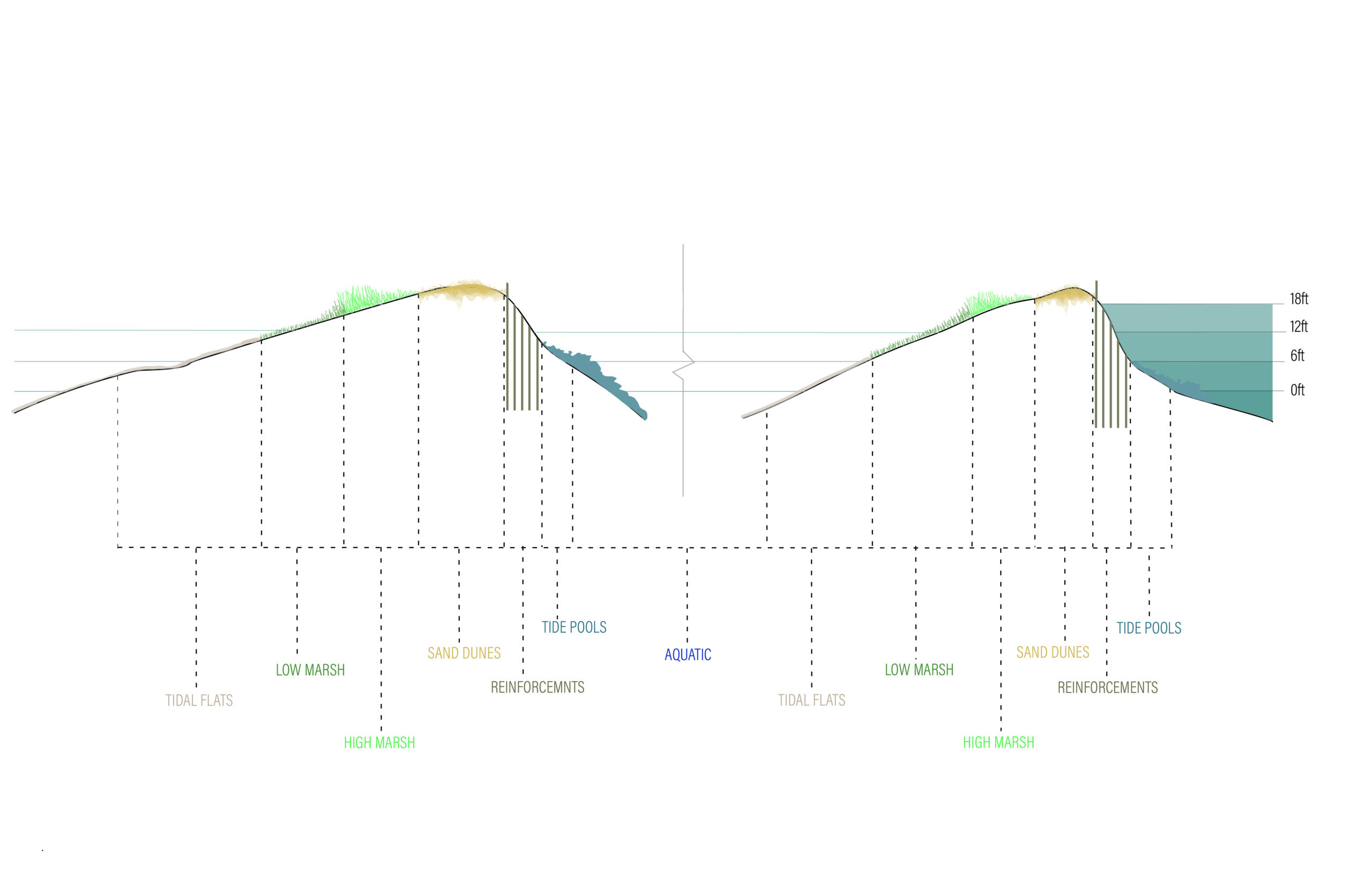
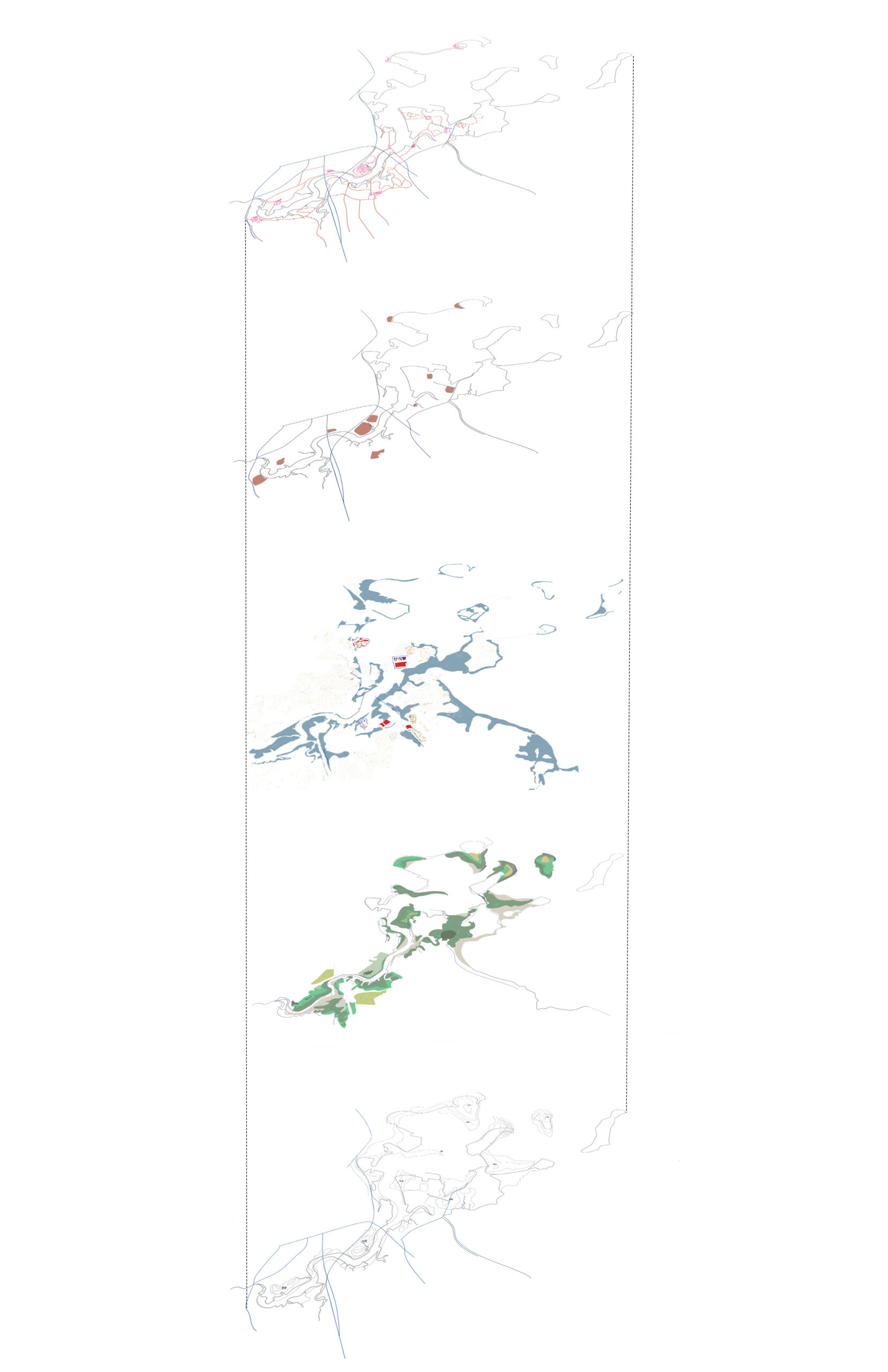

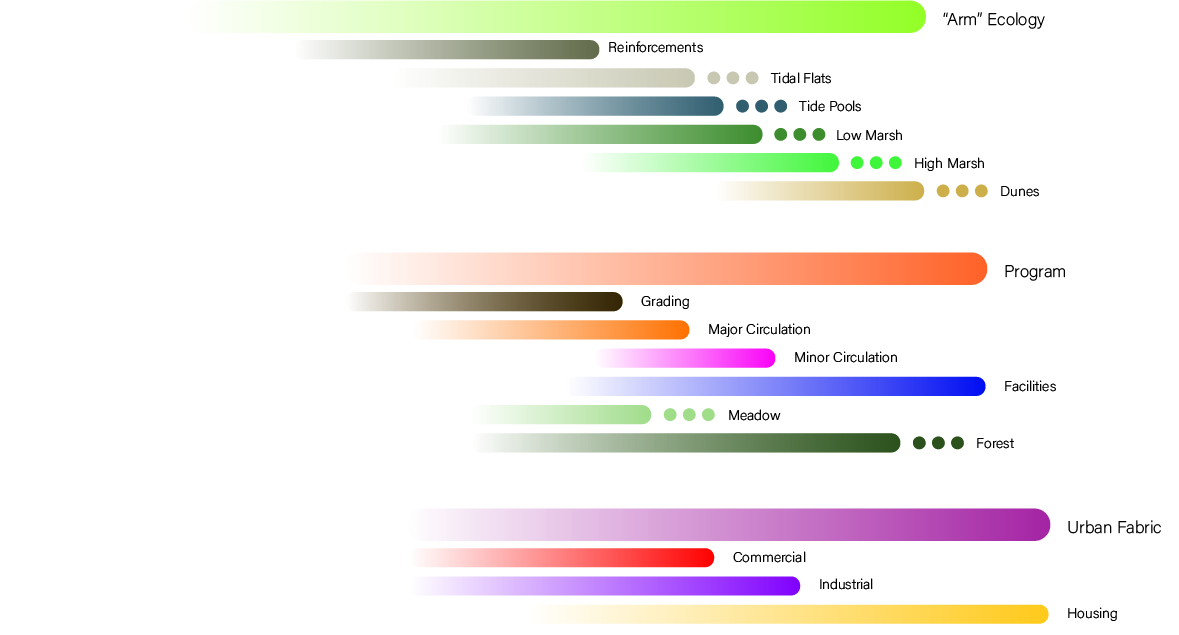
Selected Works
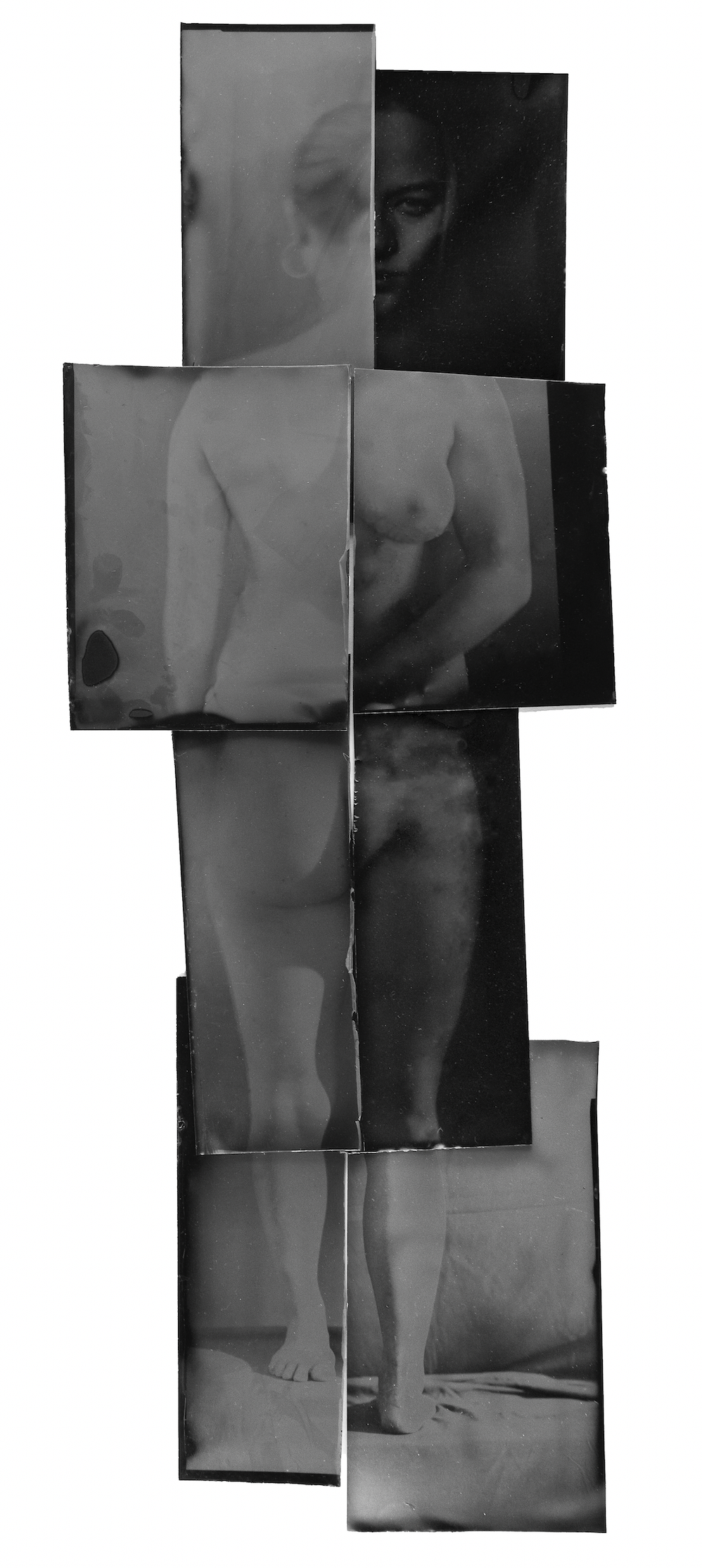
Exquisite CorpseConceptual Photography
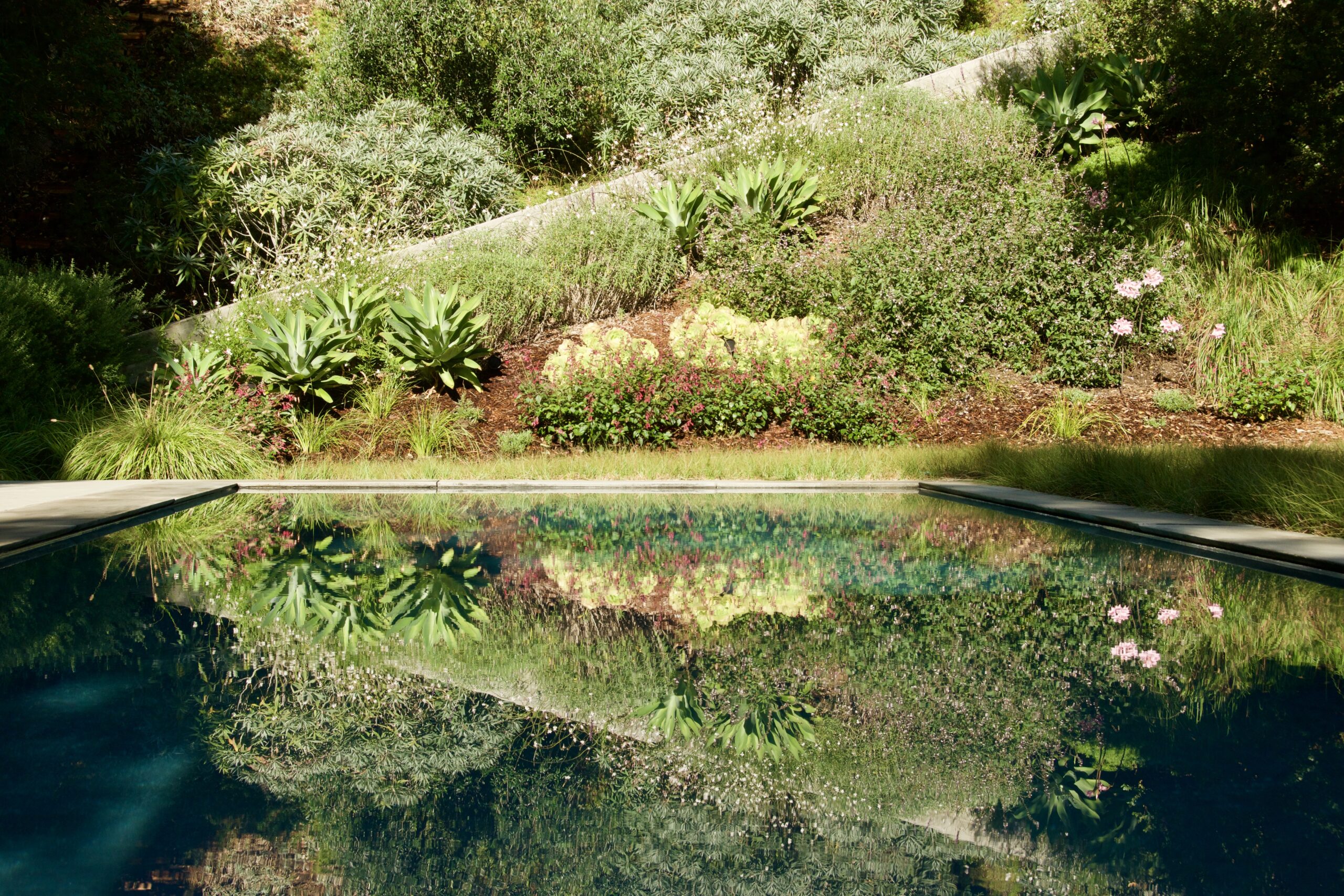
GardensClient Work
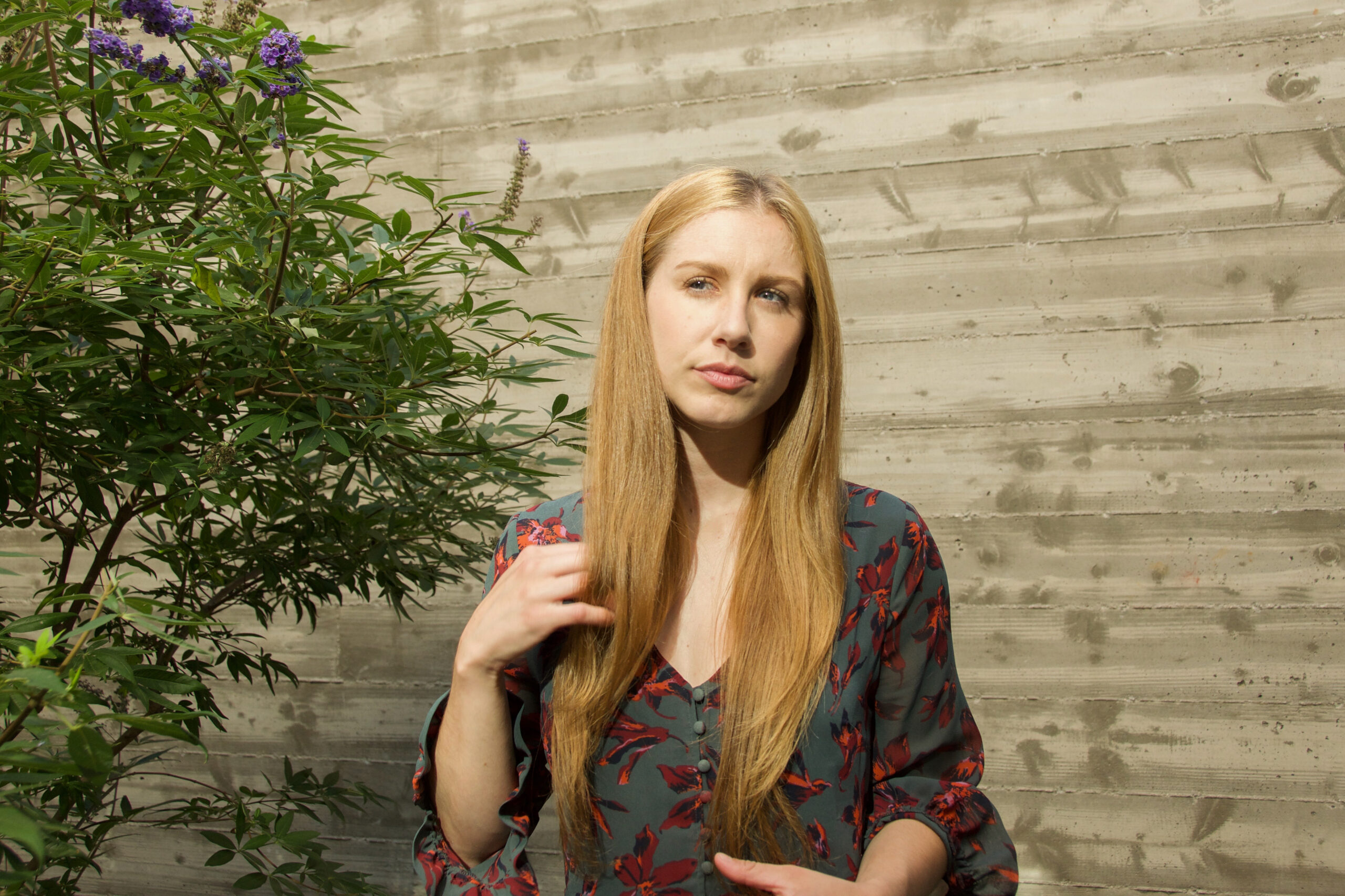
HeadshotsClient Work
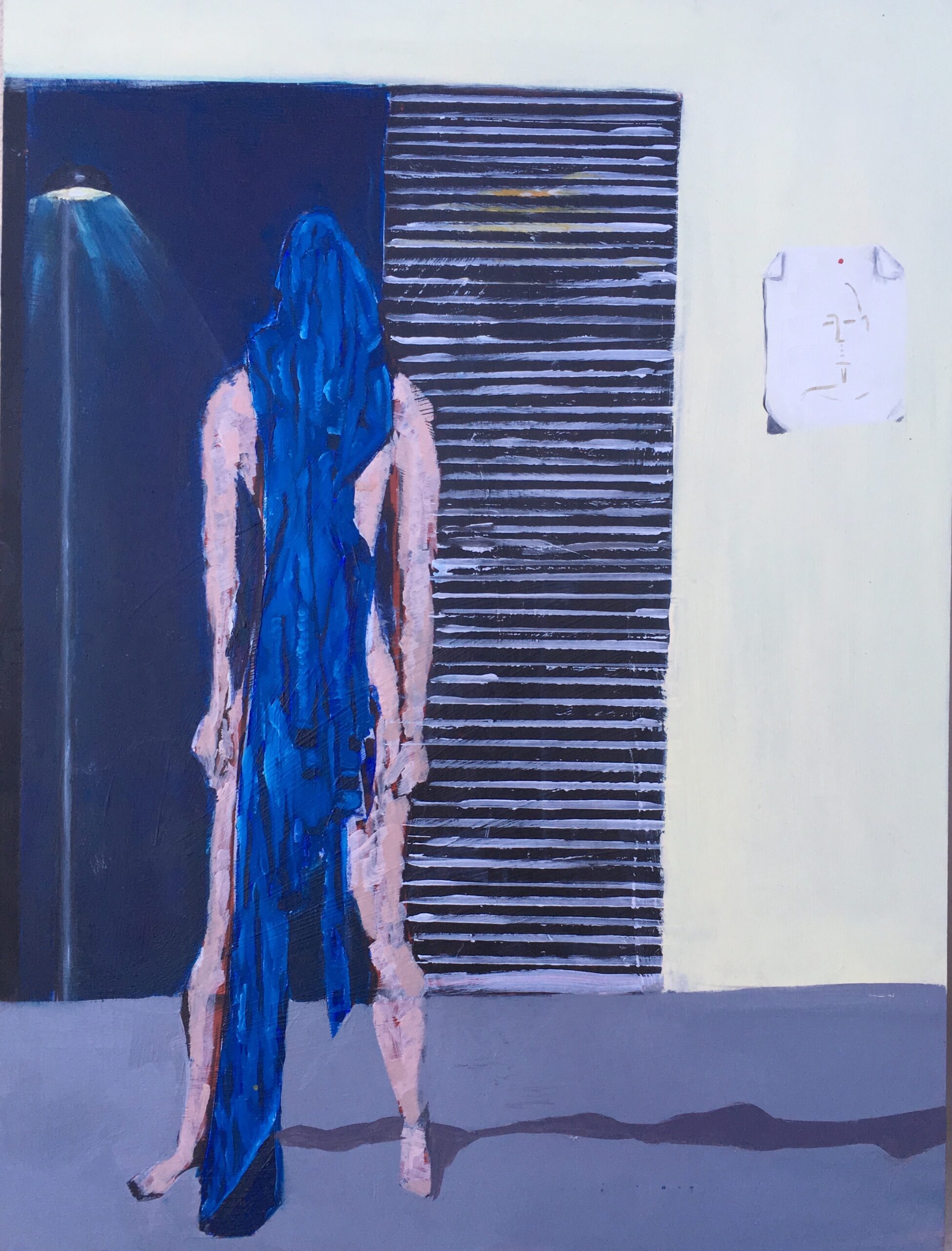
Bodies SeriesPainting
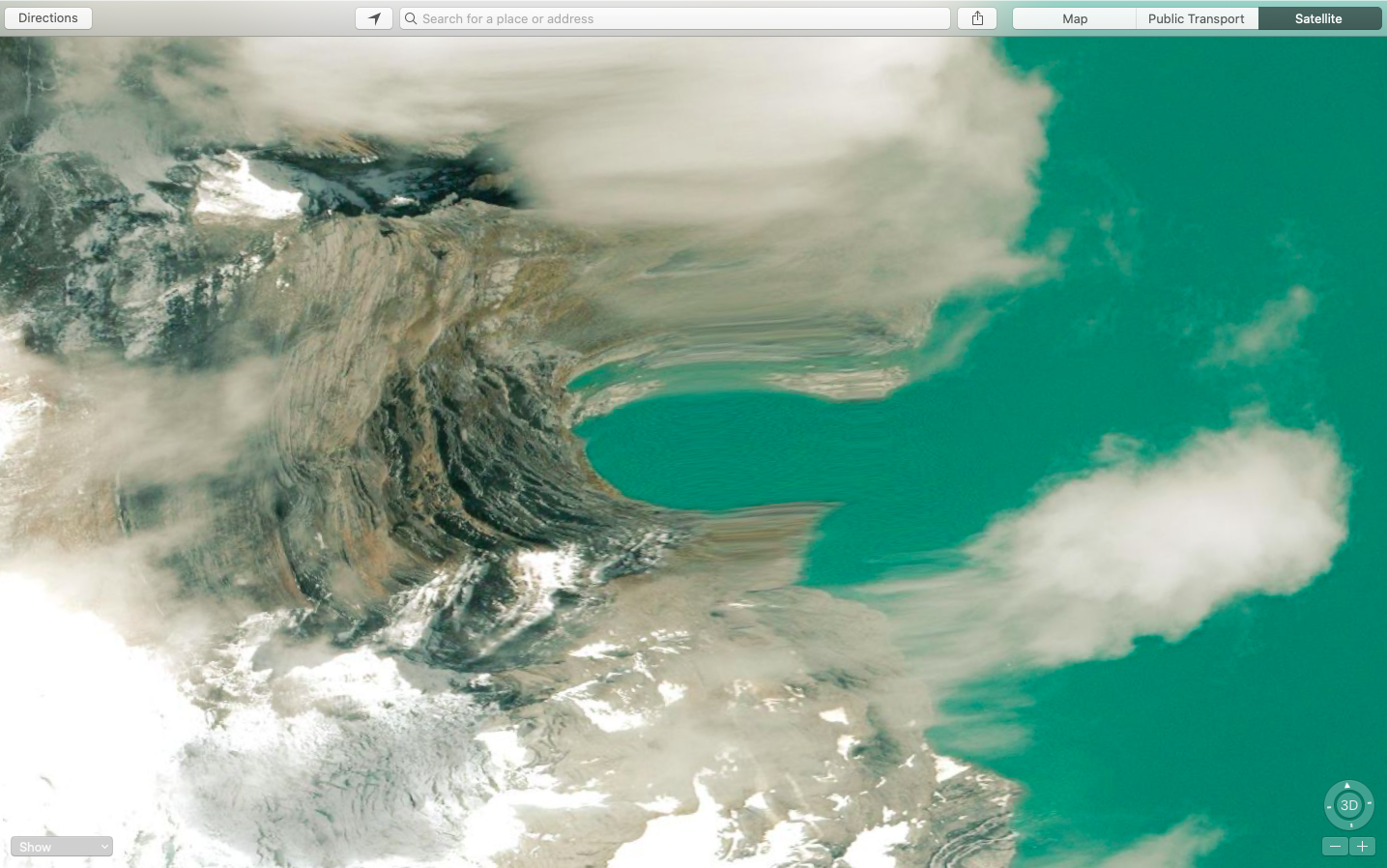
SatelliteScreenshotsConceptual Photography

BaoSculpture
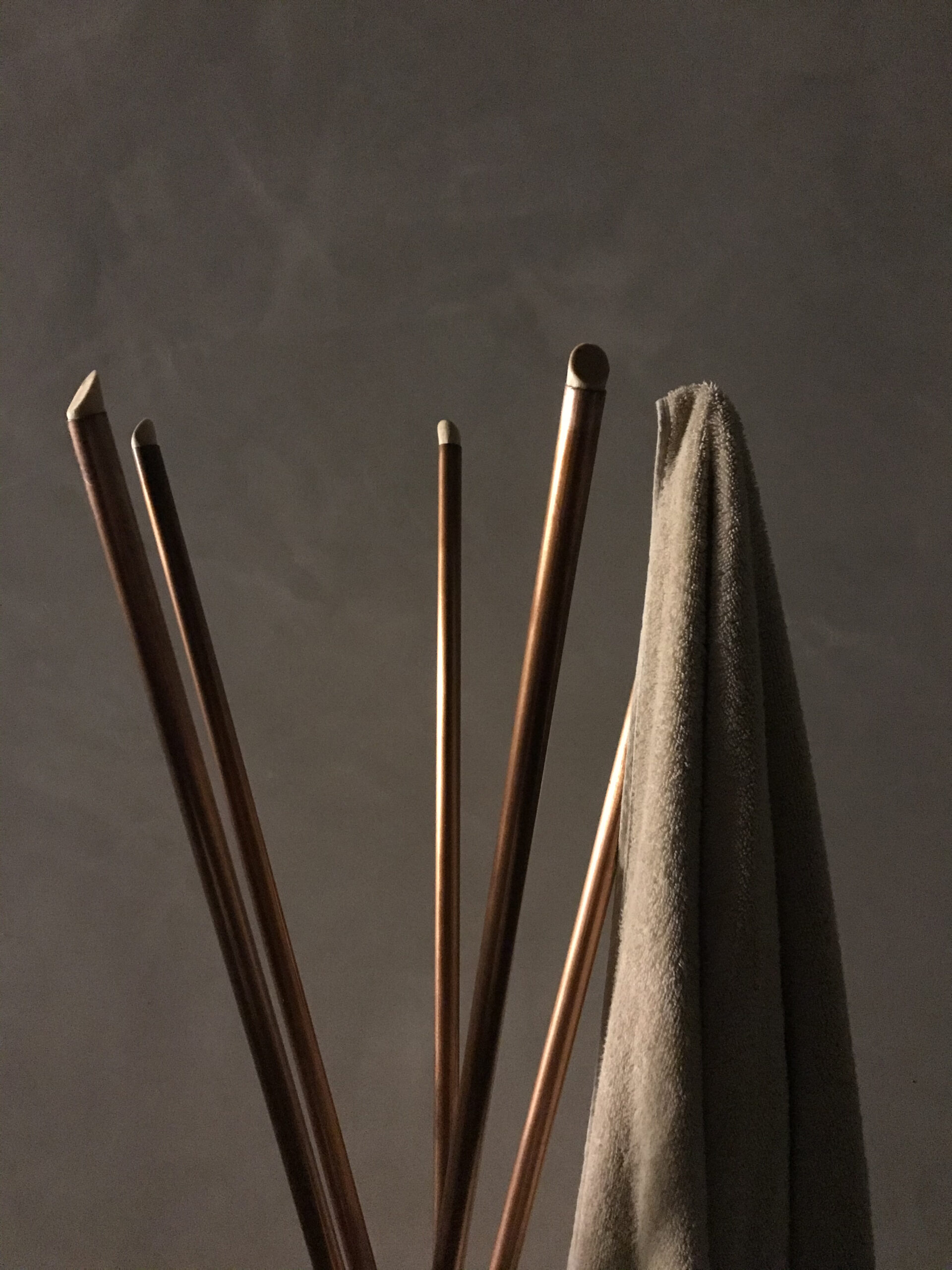
Towel StandFurniture
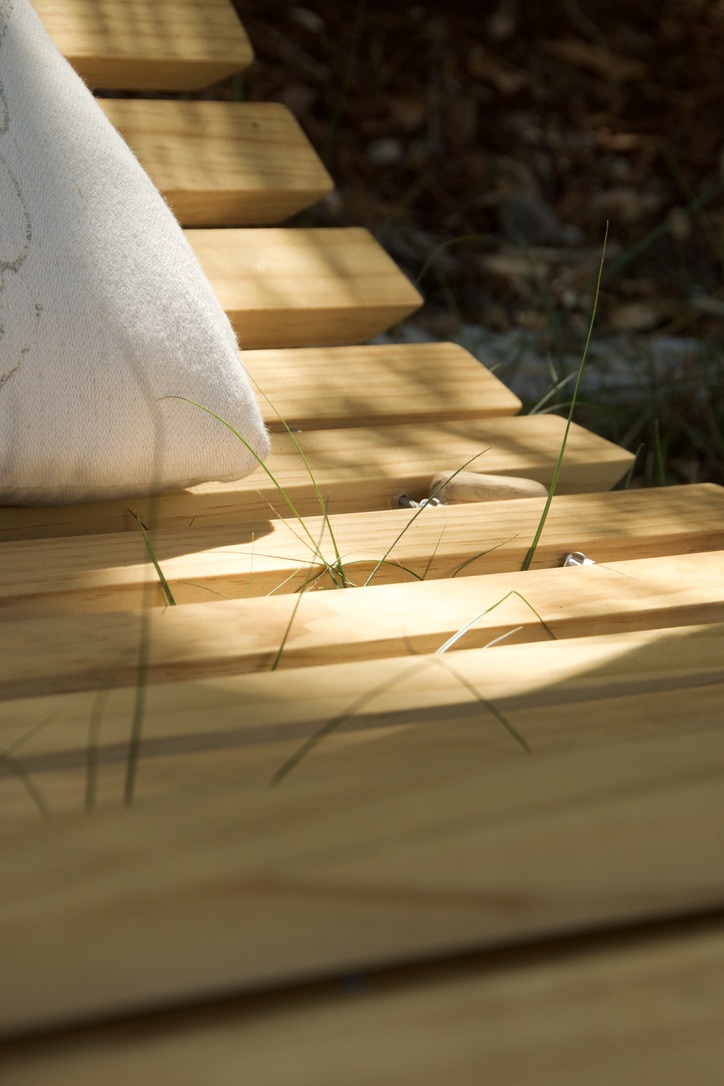
Lounge ChairFurniture
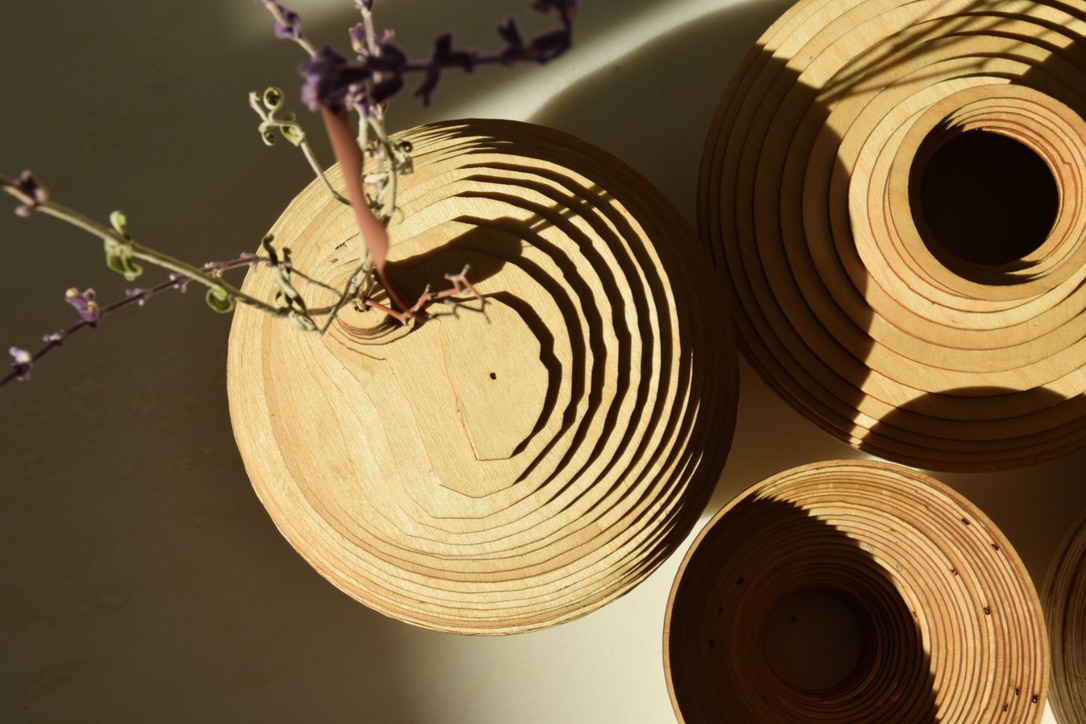
Laser Cut VesselsObject
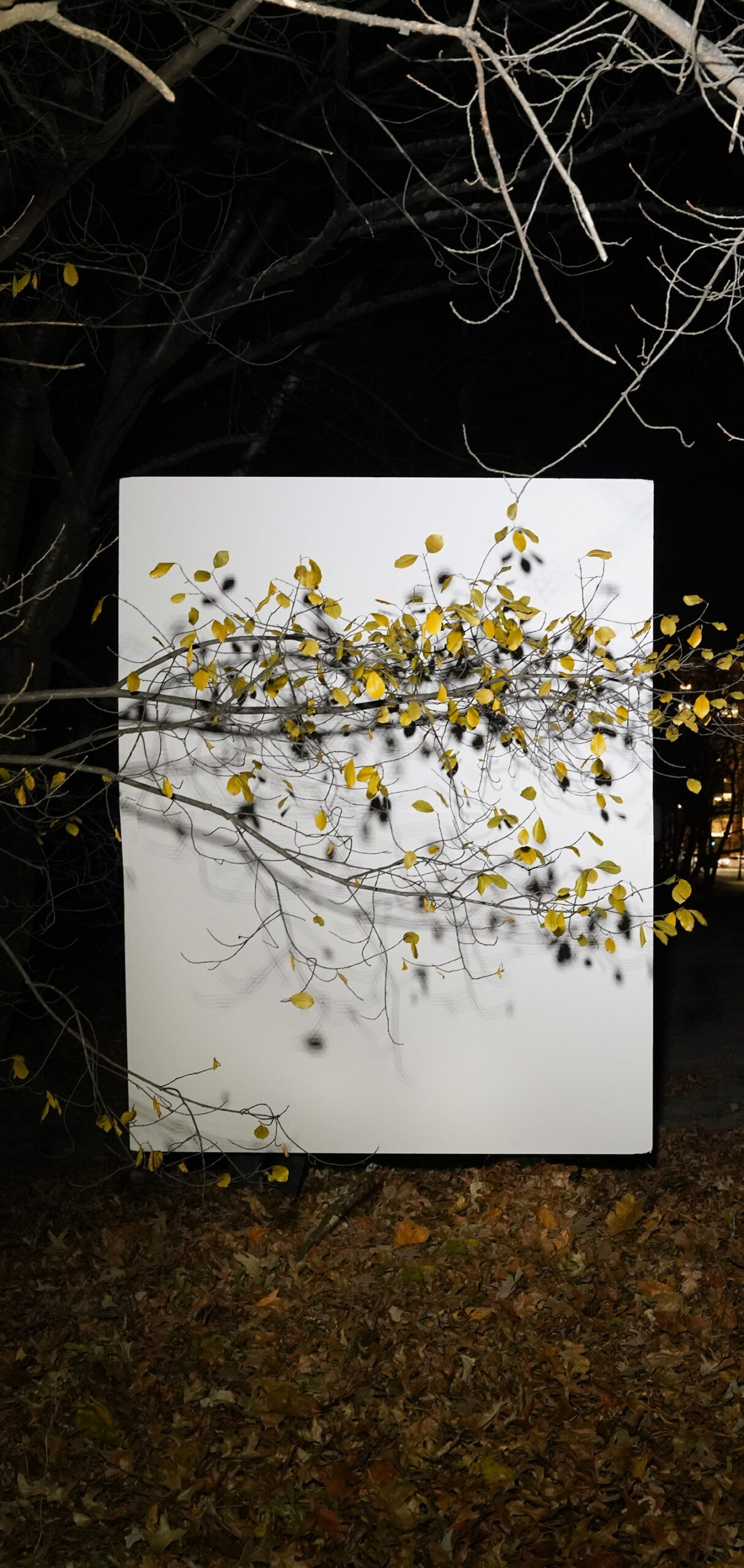
Urban EcologiesPhotography
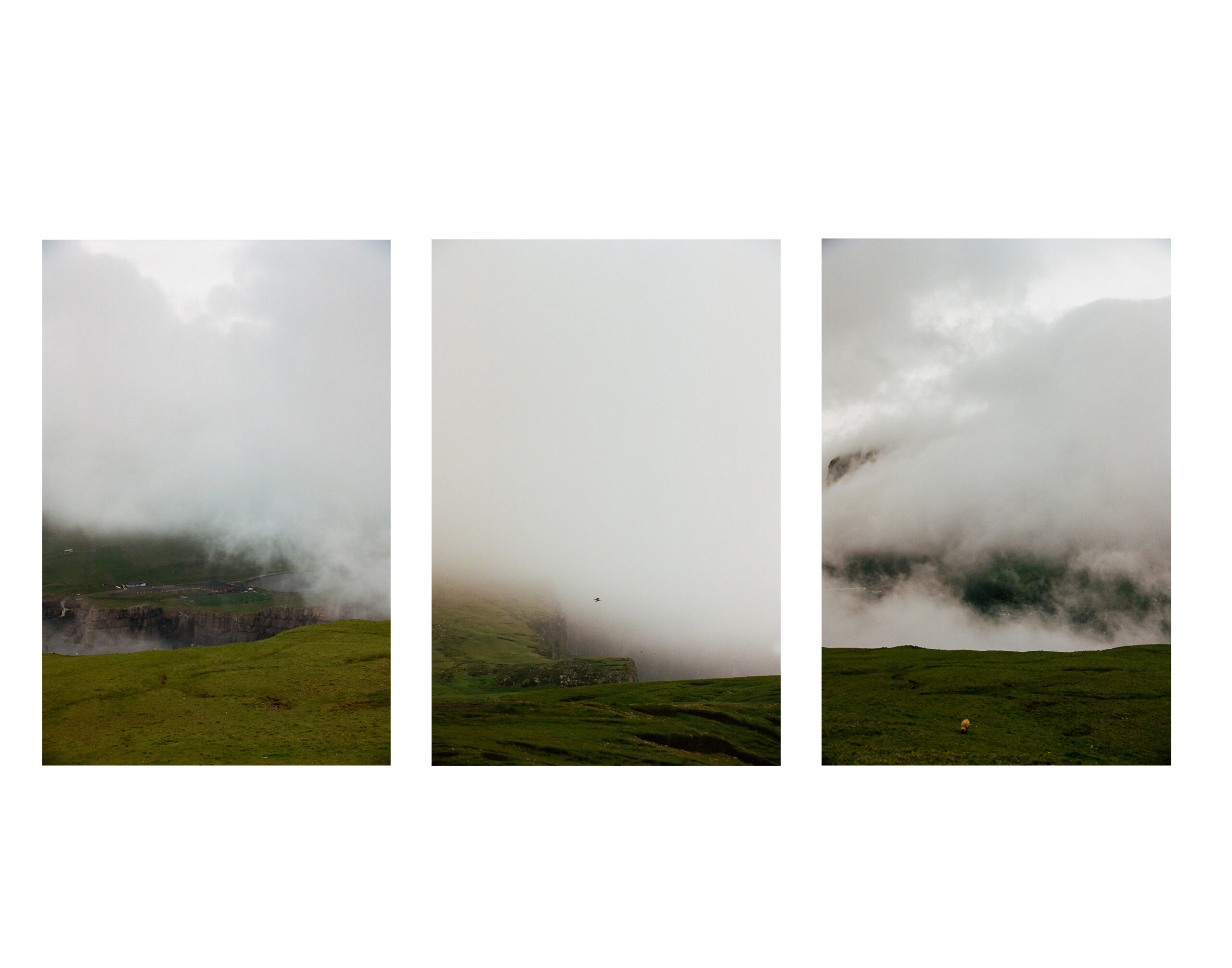
Misc. FilmPhotography
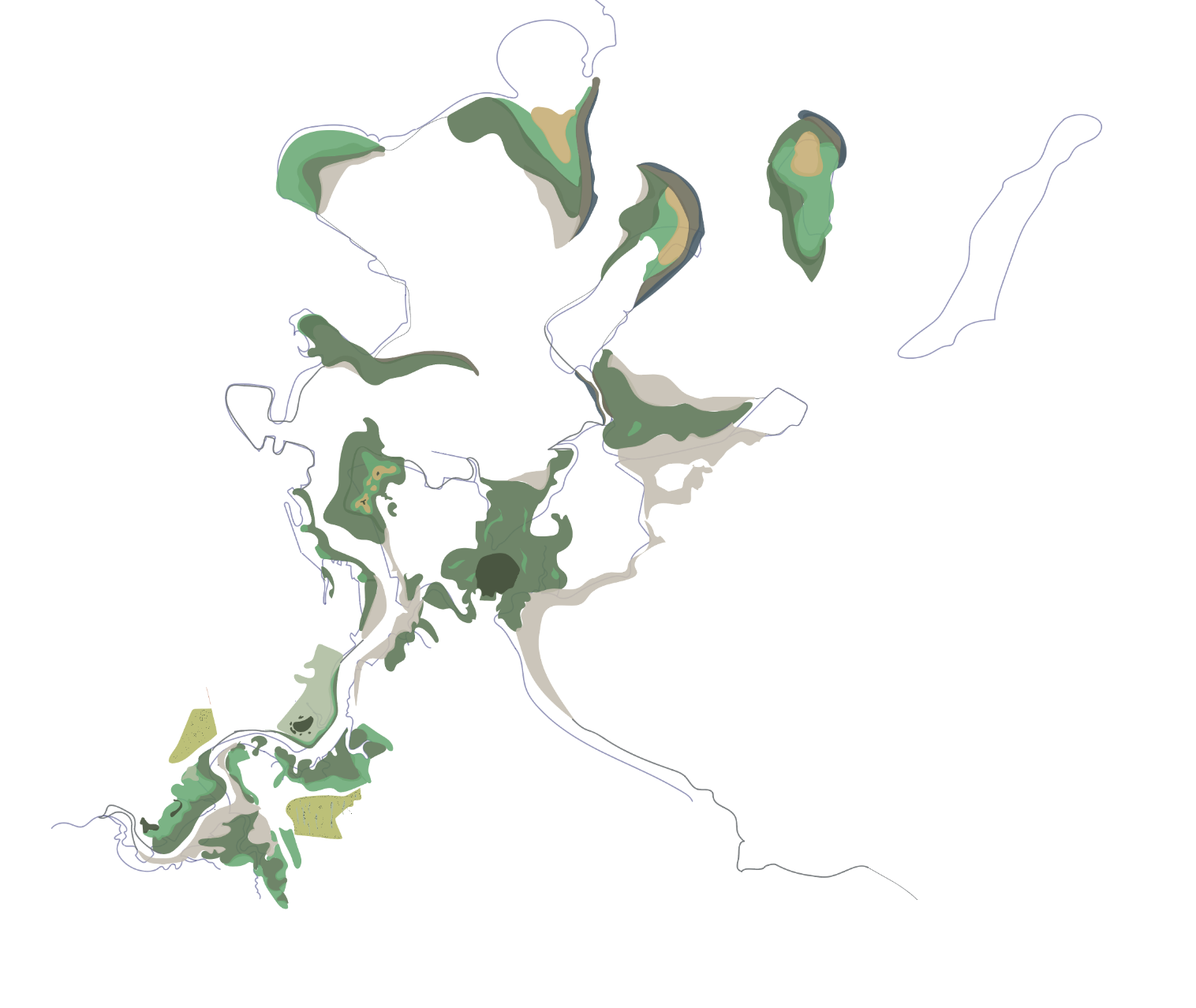
Neponset Estuary SanctuaryLandscape Architecture
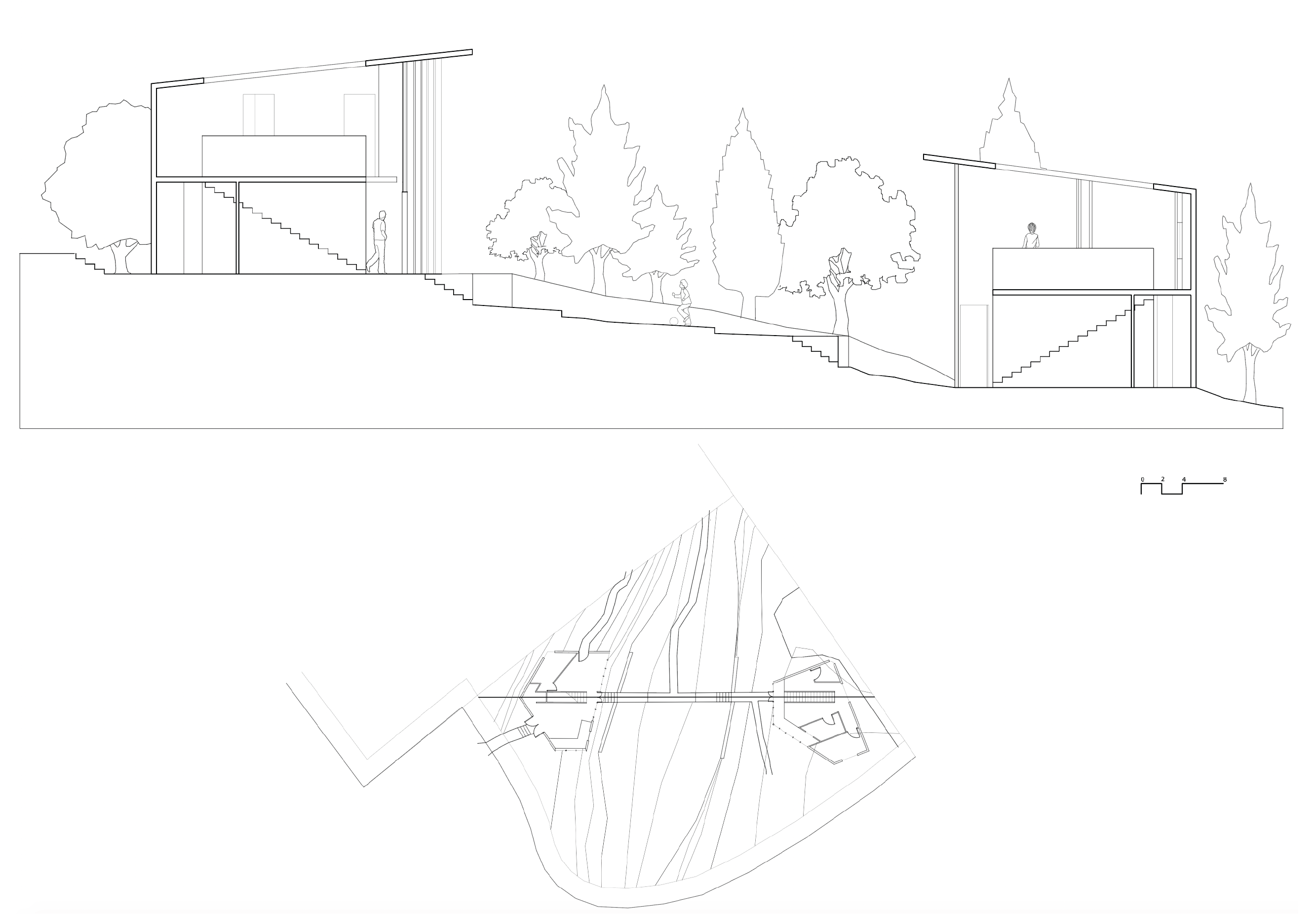
First Year FinalArchitecture

ZenithPhotography
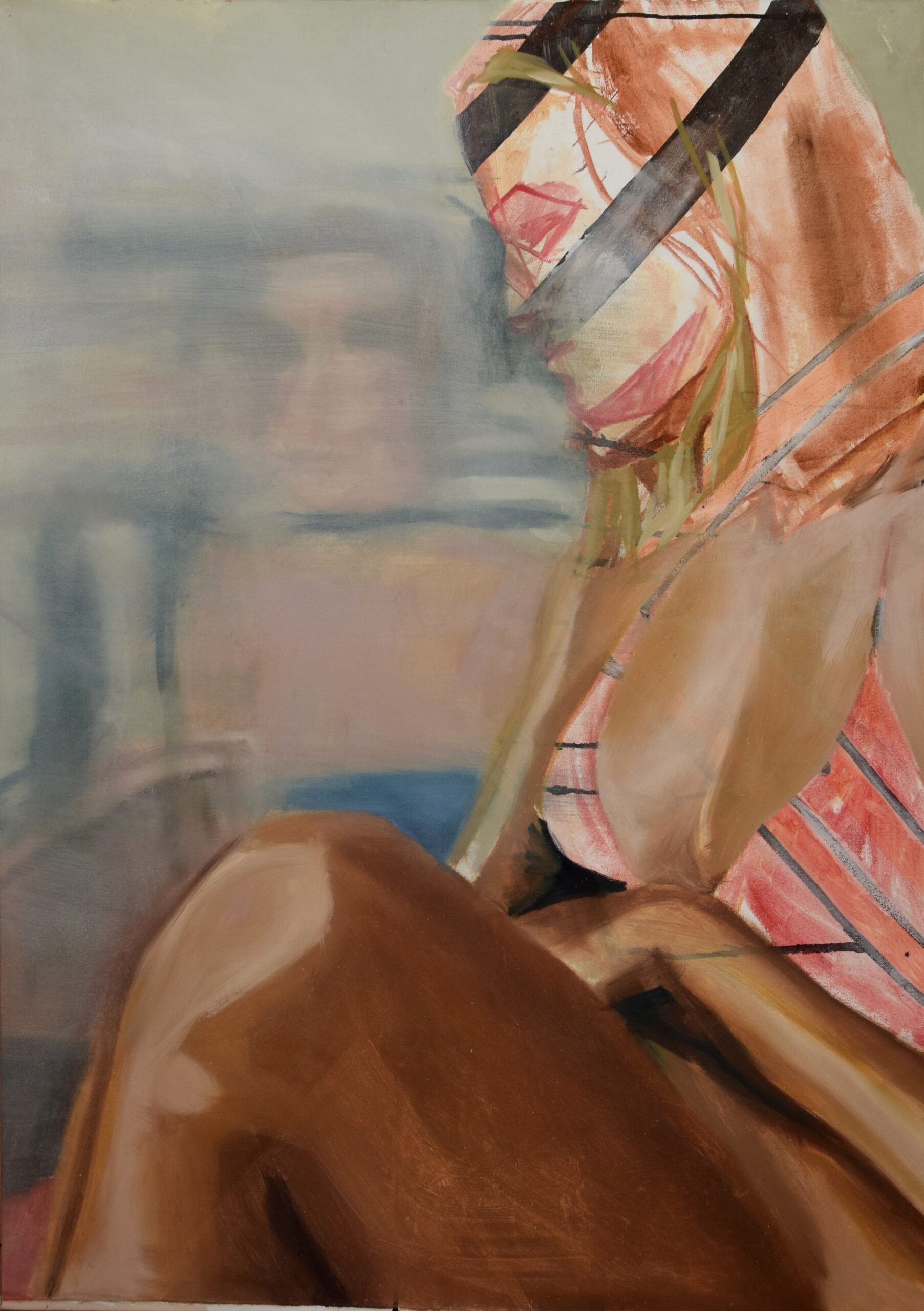
PaintingsPainting
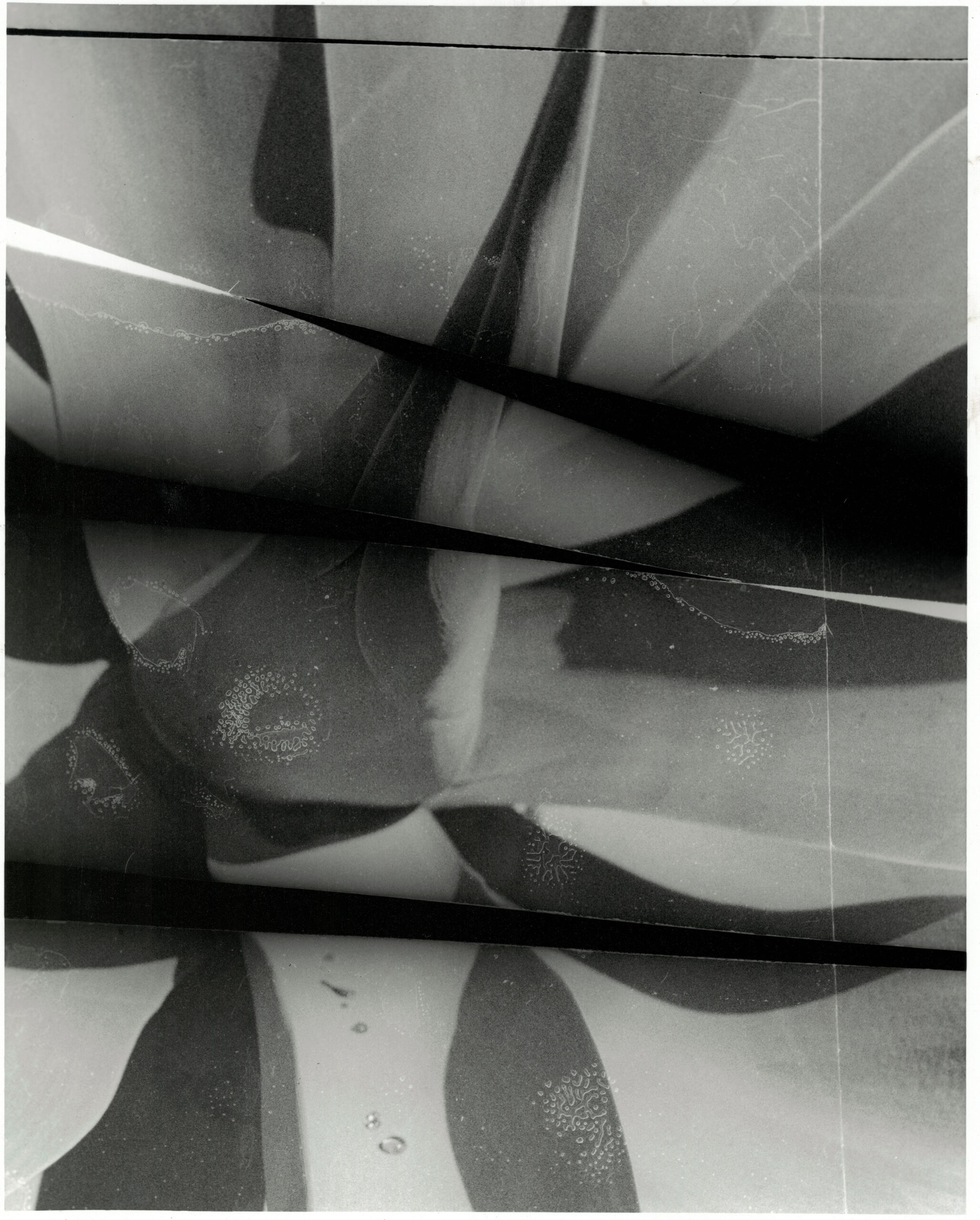
Dark RoomPhotography
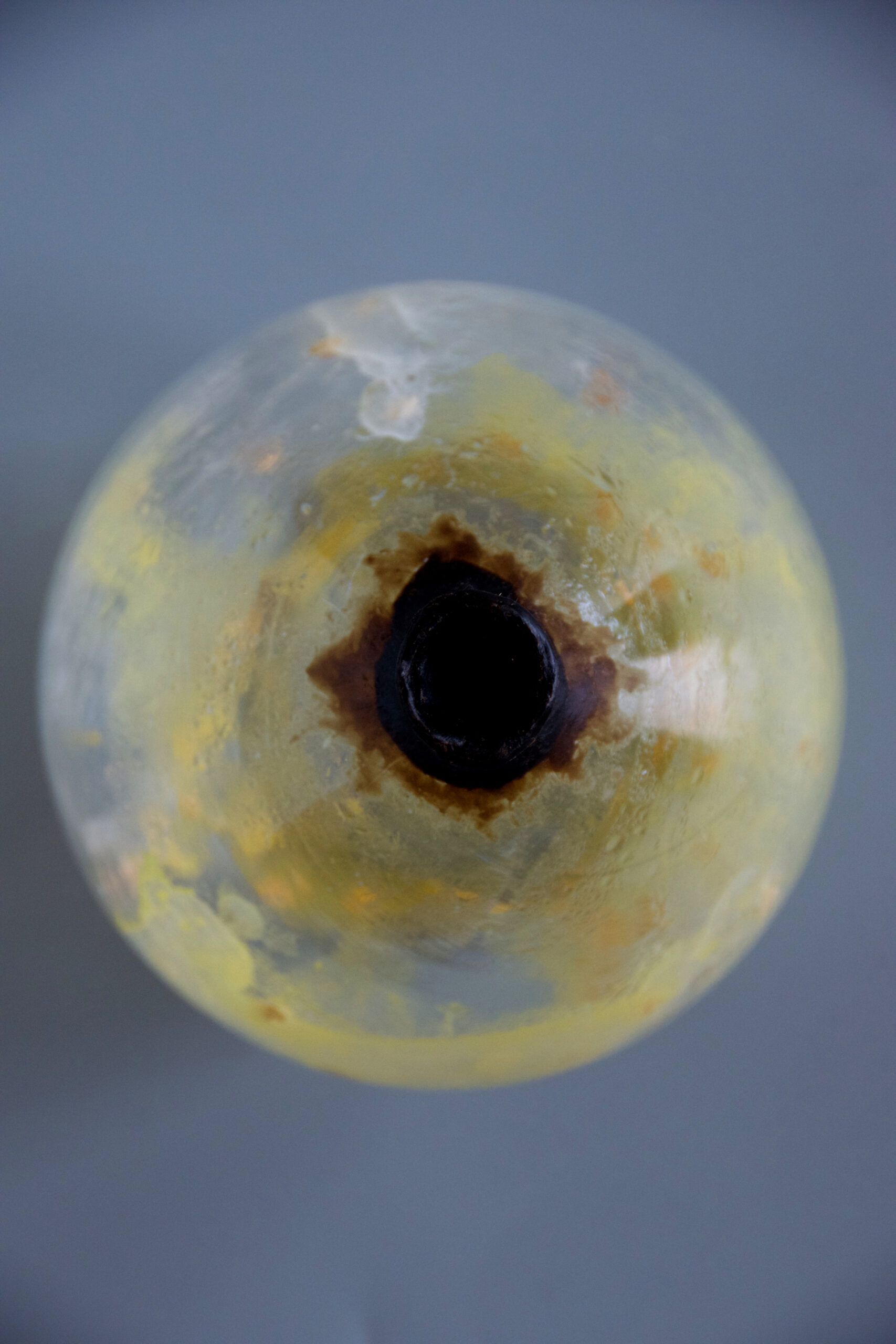
Mold As MediumConceptual
